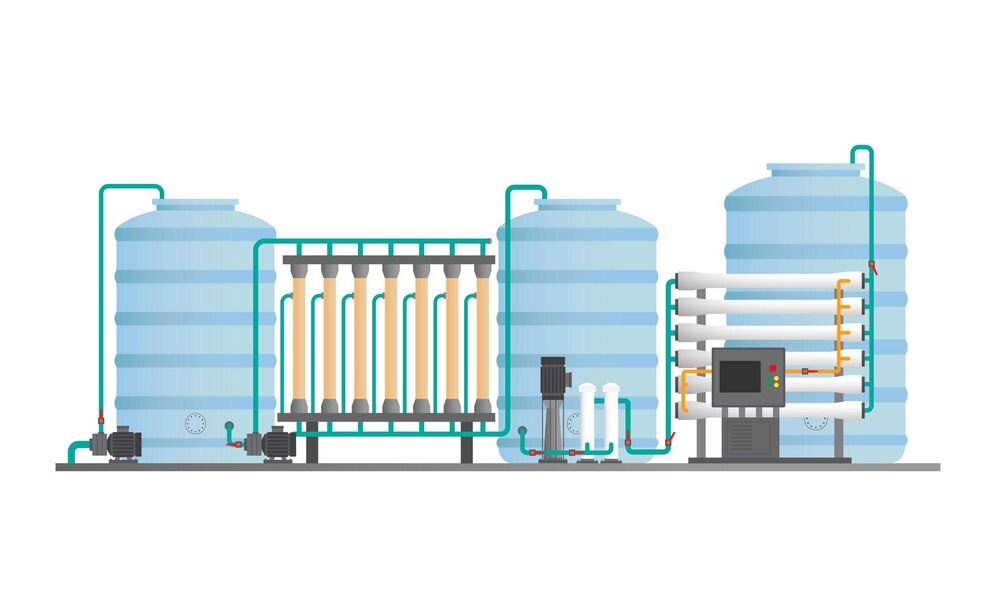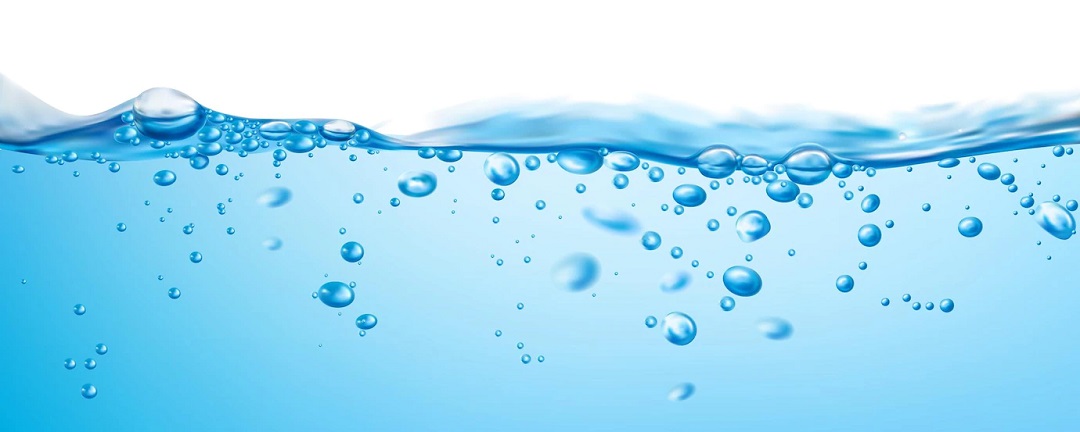
One of the most prevalent issues with water quality that many homeowners have is water hardness, which is removed by a water softener. Hard water dries out hair and skin, damages appliances, and creates a film of soap scum all over bathrooms and kitchens. Water softeners are essential because over 85% of Americans use hard water for bathing, cleaning, and cooking. A water softener saves you from spending many hours cleaning off the soapy residue and replacing prematurely damaged water heaters, and scaly faucet heads. You may save time, effort, and money, and safeguard your house and property by investing in a water softener.
What Does A Water Softener Do?
Ion exchange, a procedure used by water softeners, eliminates calcium and magnesium from water. The mineral tank’s hard water is introduced through a bed of spherical resin beads. These sodium-ion-charged plastic beads are typically constructed of polystyrene. The resin beads have a negative charge since they are anions. The minerals calcium and magnesium are cations because they have a positive charge. Due to the law of attraction between opposite charges, the positive charge of the resin beads is drawn to the negative charge of the minerals. The resin beads catch the mineral ions as the hard water flows through them and removes them from the water. The sodium ion is released as soon as the bead captures the mineral ion. Water that has been softened flows into your home once the resin column in the mineral tank completely removes all of the water’s hardness.

What Makes Up A Water Softener?
A control valve, a mineral tank, and a brine tank are the three parts of a water softener. Together, these three devices monitor water flow, take out the minerals from hard water, and periodically clean the system by regenerating it.
1. The Mineral Tank
The area where the hard water is softened is called the mineral tank. The hard water is fed into the tank through the water supply line. The calcium and magnesium ions that cause water to harden are deposited as the water seeps through the resin bead bed. Soft water runs through your pipes and out to your home appliances as it leaves the tank.
2. The Control Valve
Water flows through the mineral tank and into your home is measured by the control valve. The valve has a metre inside that measures the amount of water going into the mineral tank. The resin beads switch from containing sodium ions to containing hardness ions as hard water passes through the mineral tank. This gradually reduces the resin’s ability to soften water efficiently going forward. The control valve automatically starts a regeneration cycle before the beads get too weighed down with mineral content to keep extracting calcium and magnesium ions. The onboard computer of the control valve has a maximum capacity that is pre-programmed and dependent on a variety of variables, including the size of your home, the number of people, and the hardness of your water. The extraordinarily high efficiency of control valves, and demand-initiated controllers, are used in water softening units.
3. The Brine Tank
The renewal of the water softening system is assisted by the brine tank. The tank is smaller and is placed next to the mineral tank. To restore the positive charge of the resin beads, a highly concentrated solution of salt (or occasionally potassium) is kept in the brine tank. Blocks or pellets of salt are manually added to the brine tank. These disintegrate in the water at the tank’s bottom. The heavy brine solution is taken out of the tank and pumped through the resin in the mineral tank when the control valve detects that the resin’s softening capacity is waning. The unit’s ability to soften water will stop working if the brine tank runs out of salt.
Is Drinking Soft Water Safe?
Yes, drinking soft water is safe. When catching hold of the hard minerals during the ion exchange process, the resin beads release sodium into the water. However, there is far less salt in softened water than is generally believed, therefore it is not harmful. If your water is only moderately hard, like five grains per gallon (or 86 ppm), you only need to add 37 milligrams of salt every quart. That amounts to less than 2% of the daily recommended salt consumption. A piece of pizza comprises roughly 640 milligrams of sodium, compared to about 170 mg in a slice of white bread. Therefore, the quantity of salt that water softeners contribute is little in comparison.
The quantity of hardness minerals that are lowered is inversely proportional to the amount of sodium that a water softener adds. Two milligrams of salt are released by the softener for every milligram of water hardness. Only if you live somewhere where the water is exceptionally hard does this become a concern. Install a reverse osmosis system to purify the water you use for drinking and cooking if the hardness level is over 400 ppm. Water is forced through a semipermeable membrane by the reverse osmosis system, which is able to virtually completely remove all dissolved particles and salts from the water. Installing a reverse osmosis system after your softener is also advised if your doctor has advised you to lower your salt consumption because of high blood pressure or renal issues.

Is A Water Softener Necessary?
If you have decreased pressure from scale-covered pipes, dry hair, stiff laundry, and constant appliance maintenance costs, you need a water softener. Hard water is an issue that won’t go away on its own, and the expenses associated with it will only rise. Appliance failure will unavoidably occur earlier than intended with a water softener. Your flow rate will continue to be restricted if scale is allowed to build up in your pipes, and you run the danger of losing water pressure throughout the home. Without a softener, your utility costs will continue to soar because hard water destroys water heaters. If your water supply is problematic, you will be stuck in a never-ending cycle of repairs and replacements until a water softener is installed to protect your home.
